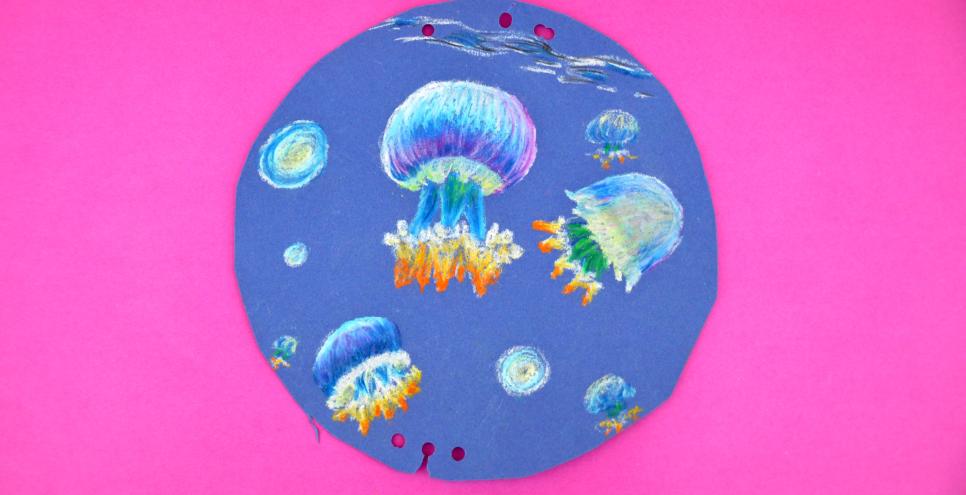
On Limitations...
For instance, you may have come when we’ve offered collage paper and glue, but no scissors. Maybe you: a.) wondered if we misplaced our scissors or b.) thought we wanted to play a bad joke . The answer is actually c.) none of the above! We intentionally limit the variety of materials offered in our projects for many other reasons. I’d like to discuss those reasons here and invite you to respond.
Creative Problem-Solving
One reason we offer specific or limited materials is to inspire creative problem solving. When a guest asks for a material we’re not currently offering, our response is to ask, “what is it you’re trying to do?” After hearing about their idea, we might follow up by asking “how might you do that with what’s here?” and then help them come up with ways to explore, or alter their idea. The goal is to help our guests, kids and adults alike, see the possibilities inherent in materials, and use them in ways they hadn’t thought of before.
It’s like the idea that you could have lots of friends that you know only a little, or a few friends you know really well. When we have fewer materials to work with, we have the opportunity to get to know each of them really well. An unlimited choice of materials has its place in certain settings, of course, but our goal is to help people really get to know how materials “speak” with and through them. Since the majority of our guests are young children and their families, we encounter many (kids and adults alike) who are new to looking at and making art, so in our setting, limiting materials makes sense. Our Every Day Art Program projects last for multiple weeks, in part, so that regular guests could have multiple experiences with a set of materials. It’s possible that during each visit the materials could be used in very different ways.
Risk Taking
Limited materials also encourage our guests to take risks. Recently, during a project in which we offered tissue paper for collage with oil pastels, a boy (maybe 10 years old?) asked for “regular” drawing materials. When I asked him what he meant by “regular” drawing materials, the other kids in his group chimed in (with a tone that suggested they admired his abilities and respected his interest) to say that “he is a drawer”. My response was to start a conversation with him. I learned that drawing was his preferred way to work (perhaps his artistic safe zone), and that he especially liked the Manga style. I asked him if he already had an idea for a picture he’d like to make today, and let him know that collage was about making things with shapes. So, I suggested, “I know you like drawing, but what if for today, you made your idea with shapes? Maybe you could just give it a try?” He did. He worked for a long time, and he was pleased with his work.
Learning Something New
Sometimes we offer limited colors to help our guests make discoveries about color or color relationships. For instance, if we offer just blue and yellow paint, a new artist (young or old) might mix them on their paper and “discover” green. In the Studio, we try to watch for these moments and help them be noticed.

For another example, if I’m going to select materials inspired by a picture book about a visit to the beach, I might offer all colors, but sort them by temperature: warm colors (red, yellow, orange to suggest the sun and sand) and cool colors (green, blue, violet to suggest the water). Offering limited colors is a way for our guests and students to learn about color without us saying “today you are going to learn about color temperature” when they walk in the door.
Cathy Topal and Lella Gandini also make an interesting note in reference to working with found objects in their book Beautiful Stuff.
As soon as we limit children to one color, the possibilities open up. Children become much keener and more discriminating observers- and so do the teachers.Cathy Topal and Leila GandiniBeautiful Stuff, page 90


